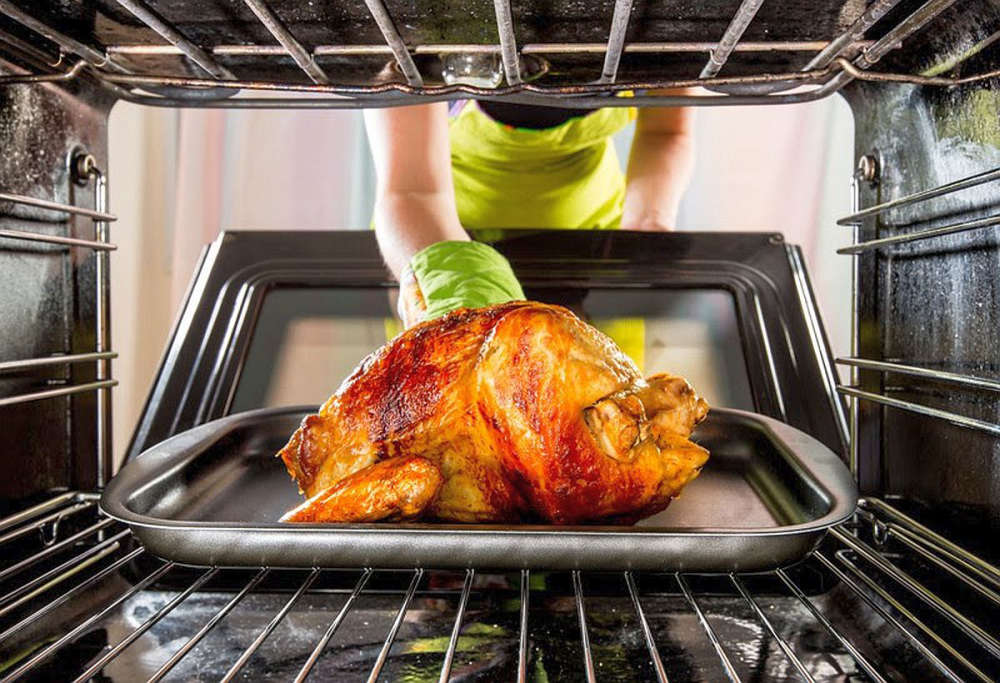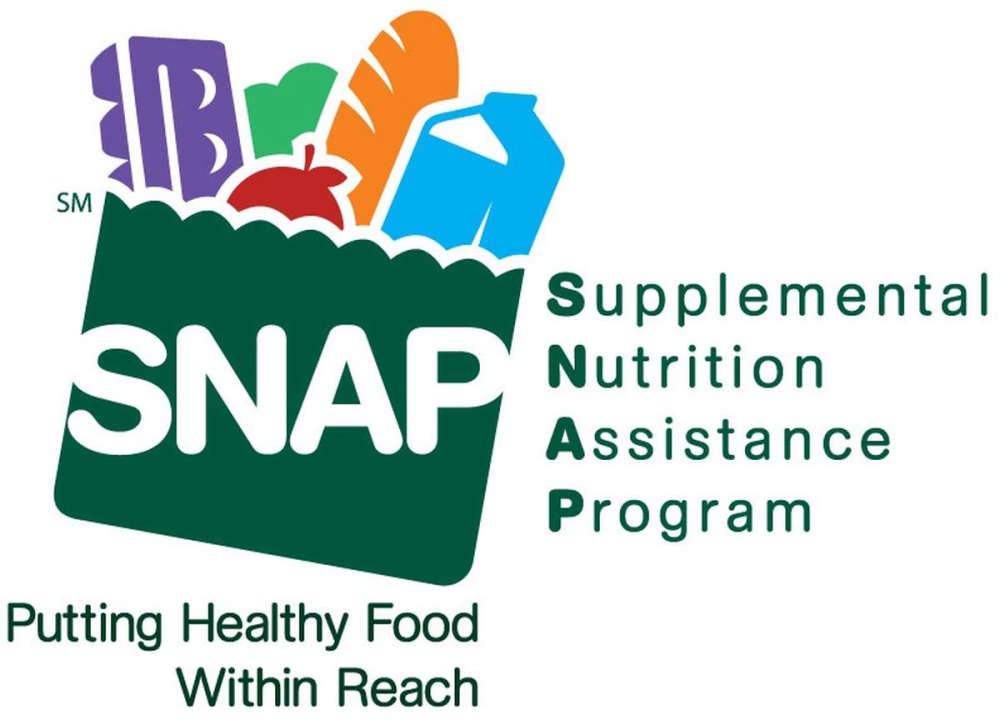
To ensure your Thanksgiving is wholesome without illness, it is important to follow four steps to food safety: clean, separate, cook, and chill, and avoid risky food handling habits that go against USDA guidelines. USDA recognizes eight dangerous habits consumers may fall short of:
#1 Not washing your hands or kitchen surfaces before, during, and after food prep: Handwashing is the first step to avoiding foodborne illness. Wash your hands for at least 20 seconds with soap and water before, during, and after handling food.
#2 Using the same cutting boards and utensils for raw and ready-to-eat foods: Cross-contamination is the spread of bacteria from raw meat and poultry onto ready-to-eat food, surfaces, and utensils. Avoid this by using separate cutting boards — one for raw meat and poultry and another for ready-to-eat foods like fruits and vegetables that will be served raw.
#3 Defrosting your turkey on the kitchen counter: Leaving any frozen package of meat or poultry for more than two hours on the counter at room temperature is dangerous. Even though the center of the package may still be frozen, the outer layer of the food is in the “Danger Zone” between 40 and 140°F — a temperature where foodborne bacteria multiply rapidly.
#4 Consider not washing or rinsing raw turkey: USDA research found that one in four people who wash or rinse poultry cross-contaminate other food items being prepared with germs from the poultry.
#5 Cooking your turkey overnight at a low temperature: It is not safe to cook any meat or poultry in an oven set lower than 325°F. At lower temperatures, meat stays in the Danger Zone for too long. Cook your turkey at 325°F or above and ensure all parts of the turkey reach a safe internal temperature of 165°F.
#6 Relying only on a pop-up temperature indicator: While the pop-up timers found in many turkeys tend to be fairly accurate, they only check the internal temperature in one spot when we recommend three. Always use a food thermometer to ensure your turkey has reached a safe internal temperature of 165 F in the thickest part of the breast, the innermost part of the wing, and the innermost part of the thigh to check its internal temperature.
#7 Stuffing your turkey the night before: USDA recommends against stuffing your turkey since this often leads to bacterial growth.
#8 Keeping leftovers for more than a week: Store leftovers in small shallow containers and put them in the refrigerator. Thanksgiving leftovers are safe to eat for up to four days when stored in the refrigerator. In the freezer, leftovers are safely frozen indefinitely but will keep the best quality for two to six months.


 Special committee session set
Special committee session set
 IDNR releases first firearm deer season statistics
IDNR releases first firearm deer season statistics
 Tax abatement proposal moving forward
Tax abatement proposal moving forward
 Lawrence County man sentenced on meth charges
Lawrence County man sentenced on meth charges
 Knox Co. agency among Duke Energy grants to support Hoosier veterans and their families
Knox Co. agency among Duke Energy grants to support Hoosier veterans and their families
 Vincennes recognized during Global Entrepreneurship Week
Vincennes recognized during Global Entrepreneurship Week
 New CAO at Good Samaritan Hospital
New CAO at Good Samaritan Hospital
 Lawrence County arrests
Lawrence County arrests
 Illinois to start "Mobile IDs"
Illinois to start "Mobile IDs"
 Unit #10 South gym project nearing completion
Unit #10 South gym project nearing completion
 Valentine seeks change of venue for trial
Valentine seeks change of venue for trial
 LHS competes in Lincoln Trail College Scholastic Bowl
LHS competes in Lincoln Trail College Scholastic Bowl
 Sumner delays Christy Avenue project
Sumner delays Christy Avenue project
 Unit 20 Board of Education looking for new LHS principal
Unit 20 Board of Education looking for new LHS principal
 Great American Smokeout highlights resources to help Hoosiers quit tobacco
Great American Smokeout highlights resources to help Hoosiers quit tobacco
 Lawrence County arrests
Lawrence County arrests
 Courtney addresses alleged additional EPA violations
Courtney addresses alleged additional EPA violations
 Full SNAP benefits to be made in Illinois
Full SNAP benefits to be made in Illinois
 Safety and tasty the theme for a good Thanksgiving
Safety and tasty the theme for a good Thanksgiving



